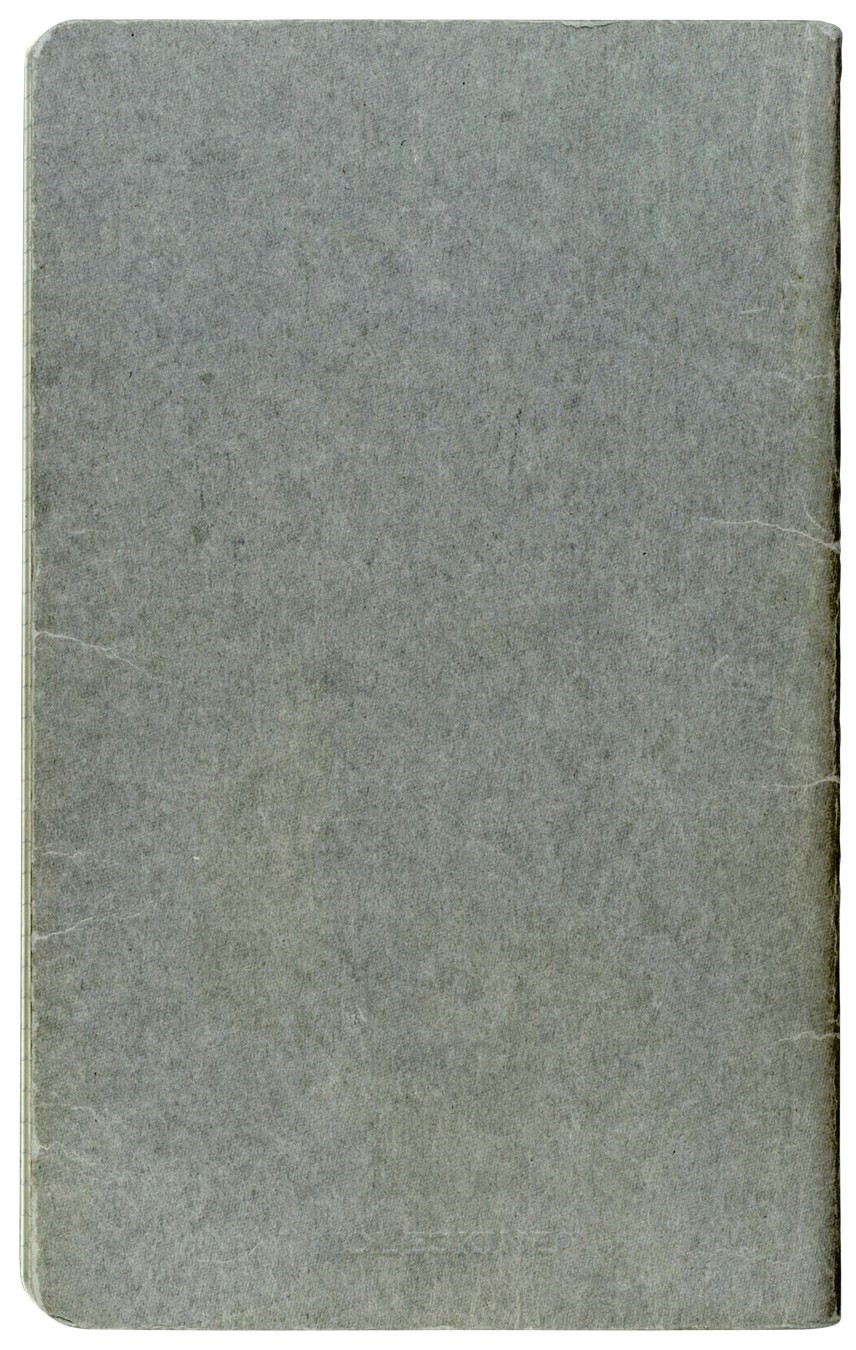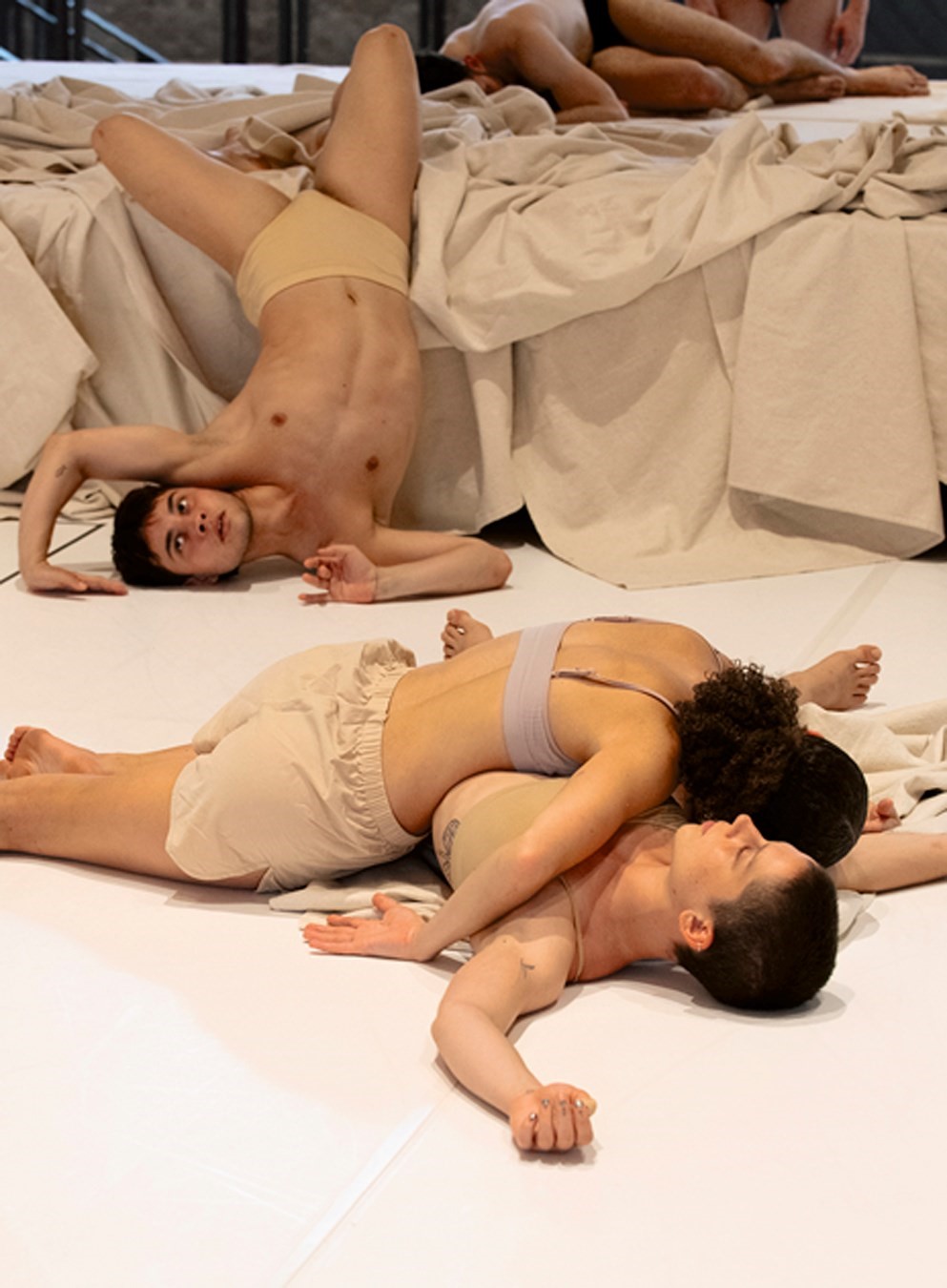This article is taken from the Autumn/Winter 2022 issue of AnOther Magazine:
“Dance is made in the studio, through and with bodies transacting energy, individuality and emotion. It is made in real time, in real spaces between real human beings. We try, we test, we experiment, we succeed, we fail. A ‘dance’ is essentially a collection of decisions made in these alive moments, held together in one organisation of time, to be shared with an audience. A different dance, a different set of decisions – held together in a new organisation of time. And so it goes on, the continuum.
“Studio hours with incredible dancers are the most precious resource we have as choreographers. Thinking physically through our ideas and attempting to collaboratively embody them in new forms of expression and dialogue. And yet we spend most of our time outside the studio, without dancers, alone with our ideas in a swirl of noise and unknowing. It’s a messy process, creativity.
“How do choreographers then attempt to surf the noise of unknowing and continue to work productively on their dances outside the studio?
“For decades I have been fascinated by the note-taking of dance-makers, their very private and idiosyncratic conversations with themselves in the developing of a piece, with often unexpected entries, part diary, part sketchbook – notation and diagrams. Each notebook as specific, as original as the maker themselves, their unique note-taking signature as revealing – differently revealing – as their work on stage.
“The first choreographer’s notebooks I encountered were those of the late great postmodern American choreographer Trisha Brown and they give us potent clues as to how dancers think on paper. Obsessed with turning text into images, languages to gesture and visualising motion, Brown produced notebooks that are dancing objects, full of kinetic power and flow. They are also philosophical artefacts, opening up startling relationships between cognition and creativity, meaning and medium, sense and soma.
“Choreographers’ notebooks are intimate windows into the working soul of the dance-maker. These raw-process pages keenly document the evolution of ideas, where interest lies ‘right now’ – at that very point of writing, mark-making, drafting. We move on the page, diverting and channelling our imagination to inspire fresh questions, to offload memory, to prime us for that precious studio time. Because when we are there – in the room with inventive bodies and minds transacting energy, we no longer need the pages. We are already free.” – Wayne McGregor
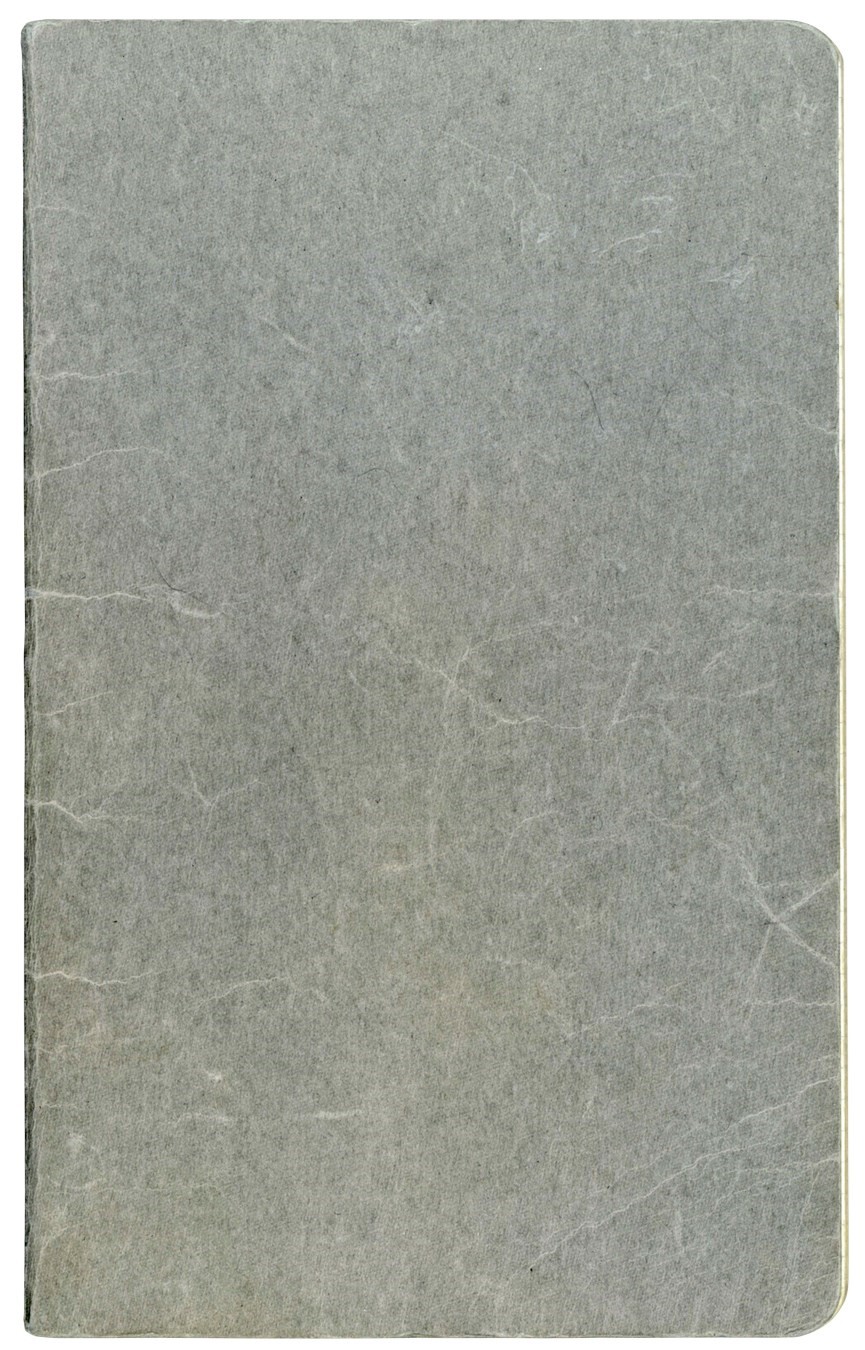
ASZURE BARTON
For more than two decades, the Canadian choreographer Aszure Barton has created acclaimed, arresting work for renowned dancers and companies including the ballet superstar Mikhail Baryshnikov, English National Ballet and Bolshoi Ballet. As well as being Canada’s official ambassador of contemporary dance, she collected the country’s prestigious Arts and Letters Award in 2009. Moving deftly through hip-hop and jazz to neo-ballet, her daring works have included Busk (2009), a haunting excavation of loneliness, and Where There’s Form (2019), an innovative collaboration with the experimental German pianist and composer Hauschka that presents an intricate dialogue between sonic and kinaesthetic energies on stage.
“These are little sketches and drawings I’ve done recently – I am clearly haunted by dots, pathways and multitasking. Drawing helps to satiate my neurotic curiosity about the process of making work.” – Aszure Barton
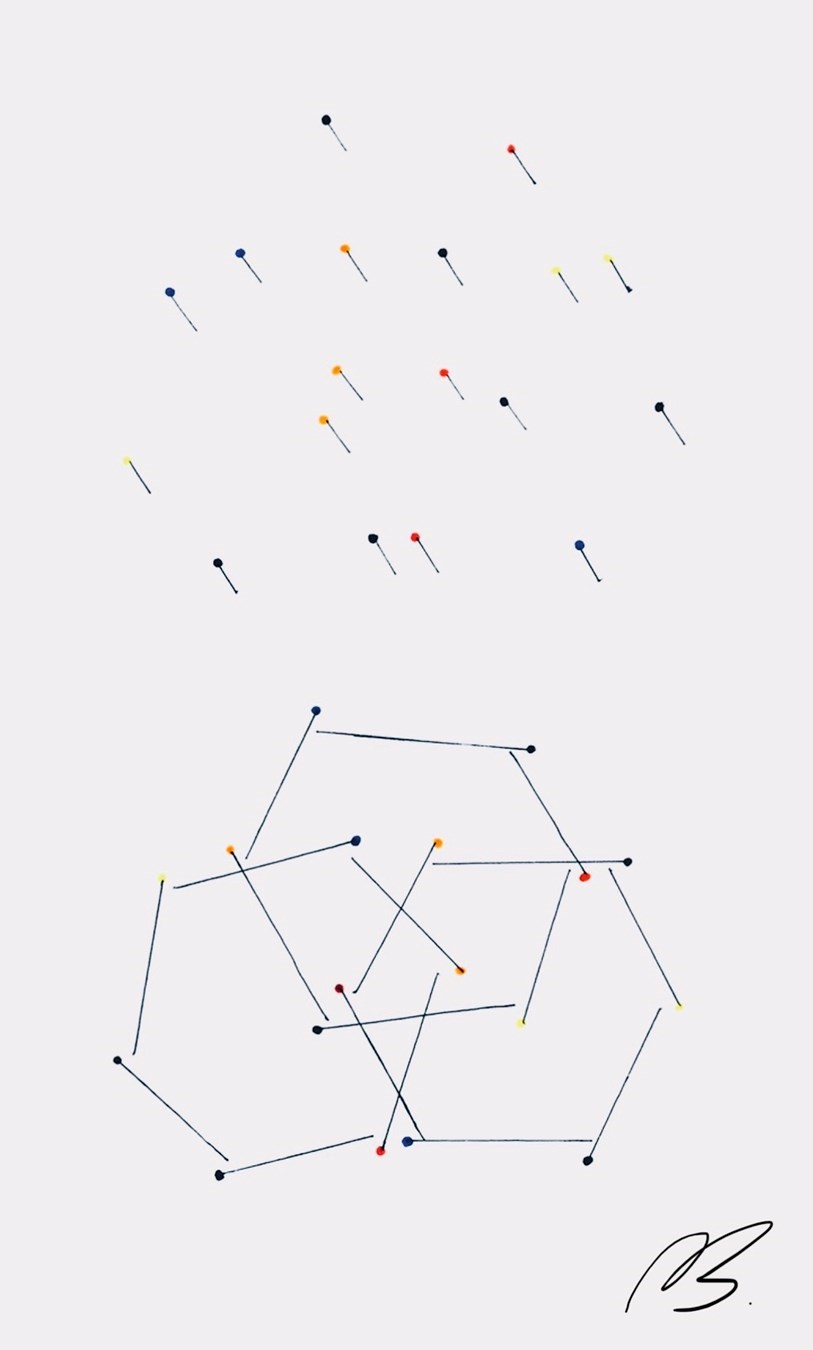
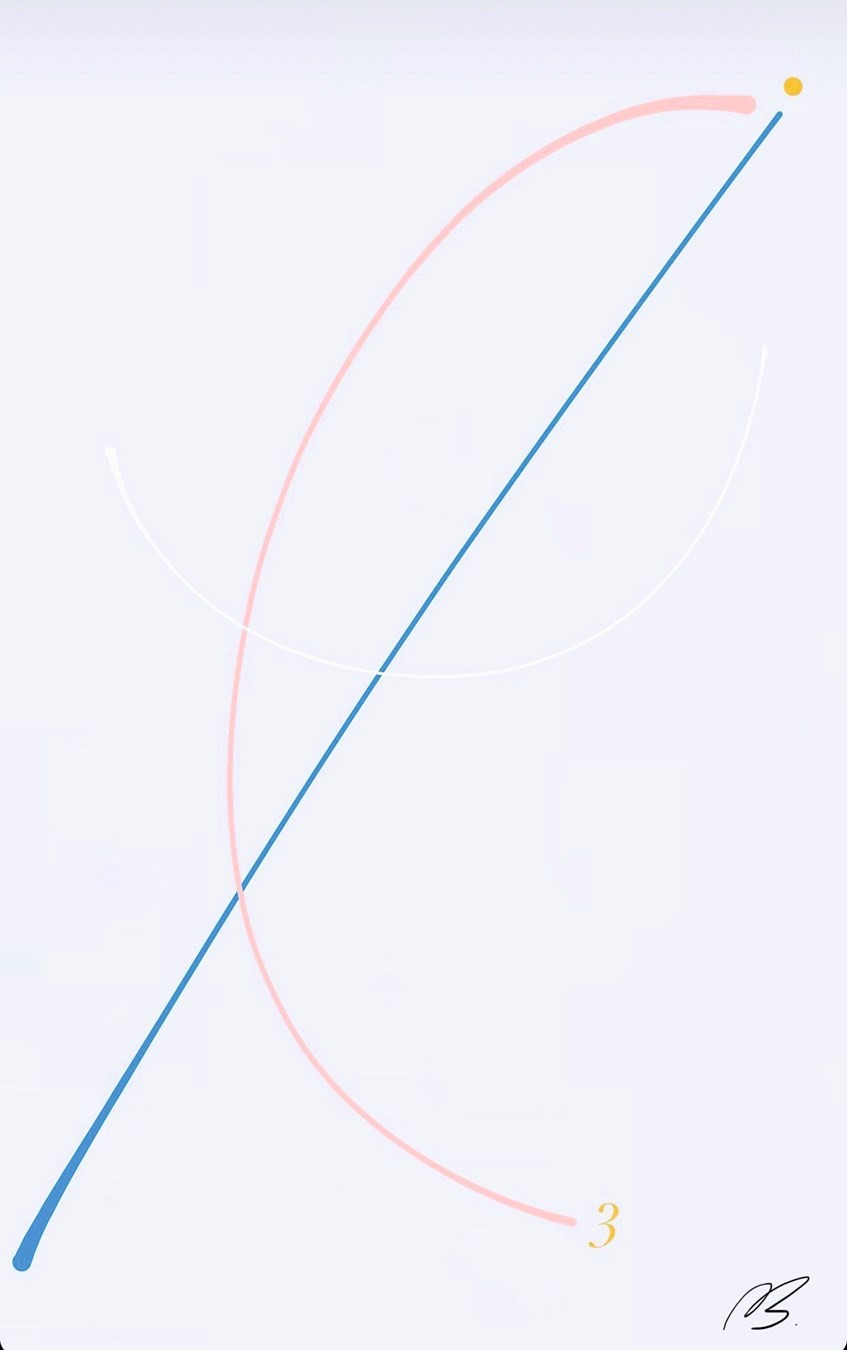
DIEGO TORTELLI
Diego Tortelli’s distinct choreographic language – developed with his long-time collaborator, the dramaturgist Miria Wurm – is often characterised by the recurring geometric forms of limbs pivoting around fixed torsos in Tetris-like sequences. The Italian dancer began devoting his time to choreography in 2015 and was appointed choreographer in residence at the Fondazione Nazionale della Danza/Aterballetto in Reggio Emilia just four years later. His piece Fo:No, exploring the relationship between voice, body and identity, won the Biennale Danza 2022 call-out for a new Italian choreographic creation.
“For my mood boards, I usually write on top of existing images, creating a collage with them and pages from my notebooks. These images are related to my research for Fo:No, the piece I recently debuted at the Venice Biennale Danza.” – Diego Tortelli
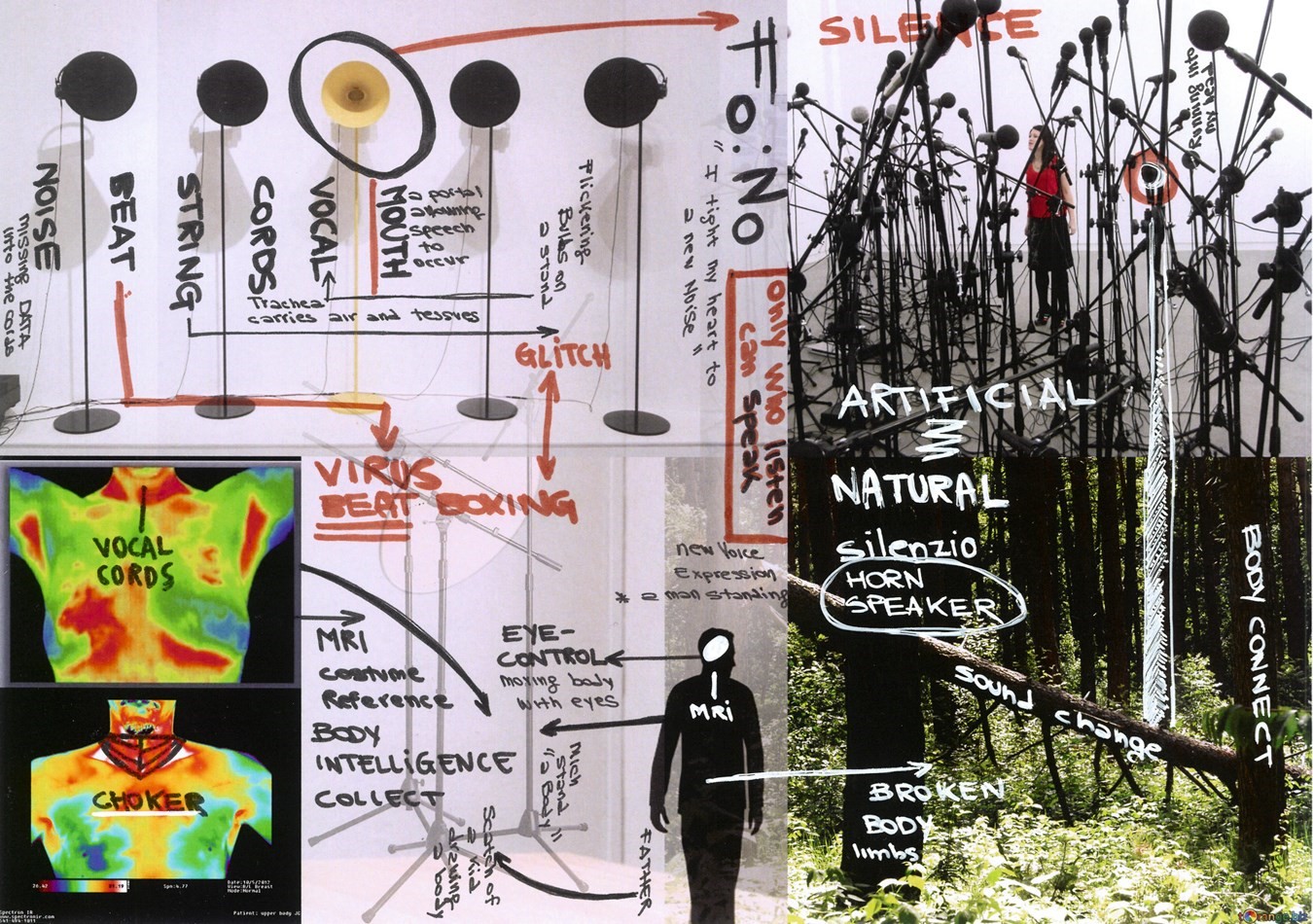
EDIT DOMOSZLAI
A dancer first at Hungary’s Ballet Pécs, then London’s Rambert dance company and currently Sharon Eyal’s L-E-V, Edit Domoszlai is also a rising choreographer. She has created short works for Rambert’s choreographic platform, including Angels, selfie-sh, and Competitive Plasticity, which was selected for the International Choreography Competition in Hanover. Her work Liminal was created for the Biennale Danza this year, featuring costume design by Dóra Hegedus, lighting by the visual artist Ben Kreukniet and music by the sound artist JASSS. It was inspired by two quotes, from the poet William Blake and Stanisław Lem, author of the seminal science-fiction novel Solaris.
“The word ‘liminal’ comes from the Latin limen, which means ‘threshold’. A liminal space is a doorway, a place of transition. This is the sacred space where old and familiar structures can fall apart, and there is a world ahead of us that we cannot yet see. It is neither here nor there, it is often a period of discomfort, the middle time of transformation. We are thrown between where we have come from and where we are going. These thresholds of not knowing our ‘next’ are inevitable and can be disruptive. But it is also a place for potential. We are required to hang in here. We are suspended here. But in this the time of waiting – we become.” – Edit Domoszlai
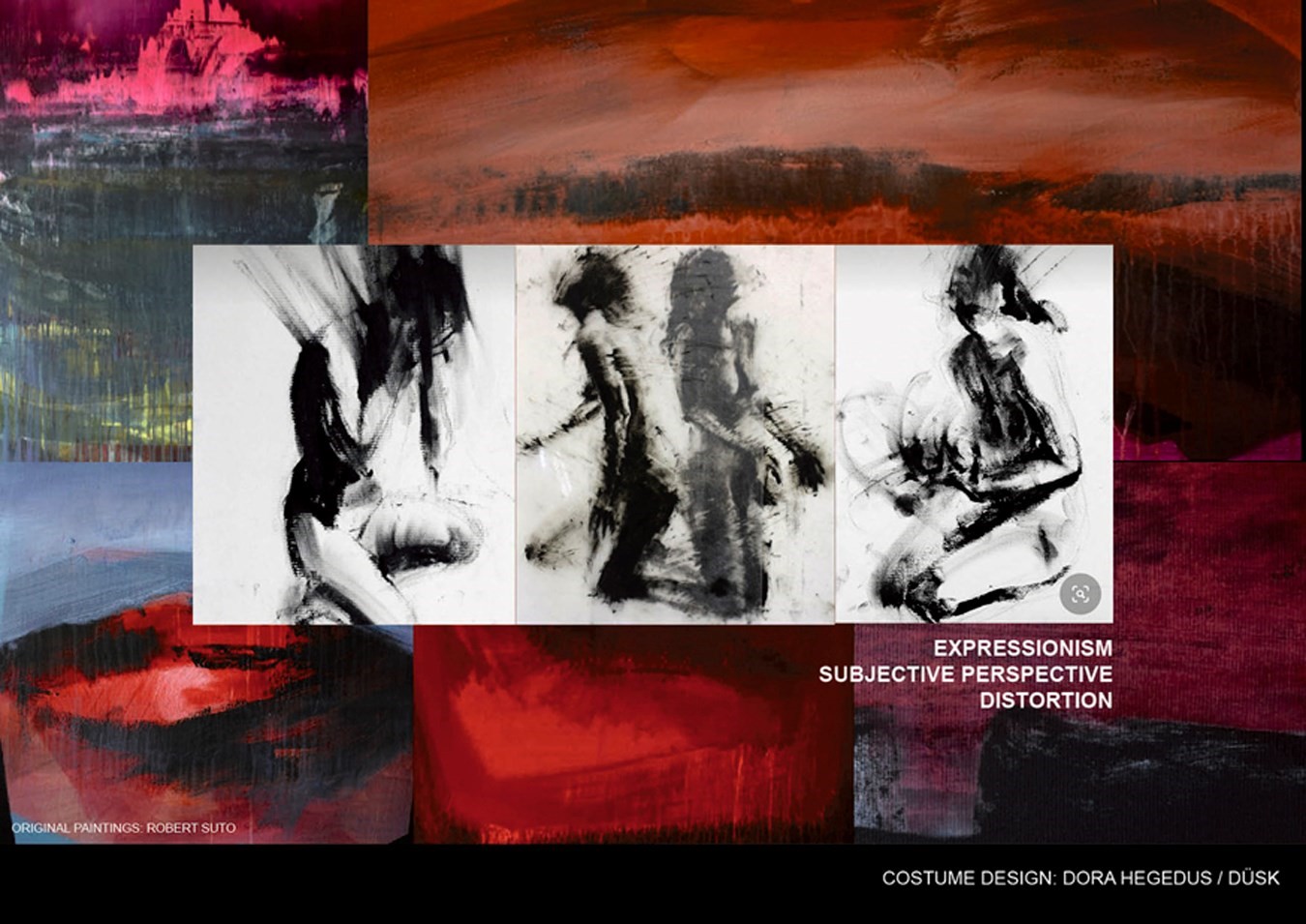
HUMANHOOD
Established in 2016, Humanhood was forged in a spirit of energetic enquiry by the Catalan Julia Robert and Birmingham-born Rudi Cole, whose highly symbiotic exploration of movement and dance is inspired by their shared fascination with the cosmos, their research into modern physics and the allure of eastern mysticism. Humanhood’s distinctive pieces have included Zero (2016) and Torus (2019) and their award-winning choreographies – by turn intricate and precise, flowing and dynamic – have appeared on stages in revered venues across several continents. Robert and Cole were appointed associate artists at Barcelona’s contemporary dance hub Mercat de les Flors for the 2021/22 season.
“One of the biggest inspirations for us is nature and the cosmos. You just need to look around – the sunrise, the wind in the trees, the flow of water, the sun setting, the clouds in the sky, the colours of the birds – to see that the best choreographer, the best lighting designer, the best costume designer, the best sound composer that exists is this magical universe we are all a part of. We humans can only attempt to express our very own creative nature in the best way we can.
“We see ourselves as ‘shepherds of energy’, directing and guiding the flow of motion within a body, either in one of the individual dancers or a group of dancers. We are interested in the body becoming shapeless, tapping into the inner fluidity of energy in motion. Can we become a body of water that takes the shape of that by which it is contained? As our body is contained in this ocean of motion, which is our universe, what are the ever-changing shapes the body transforms itself into? Can we dissolve our need to grab onto what was, and open to what is, continuously transcending any given shape, to become movement itself?
“This approach might seem chaotic at first, but then we start realising the inherent patterns in the fabric of movement – and life – itself. A sense of foundational order is revealed. Geometry seems to hold it all together, even in the most chaotic movement patterns revealed through time. Geometry becomes the pattern through which movement creates in space and time. Then beauty seems to appear from everywhere. If we can sense the pattern, we can appreciate the beauty.
“What we do in our choreography is direct the energic motion so the geometric patterns of physical movement can be perceived in greater clarity by the human mind. The possibilities are endless, and this is what keeps us wanting to discover, experience and create more.” – Julia Robert and Rudi Cole, Humanhood

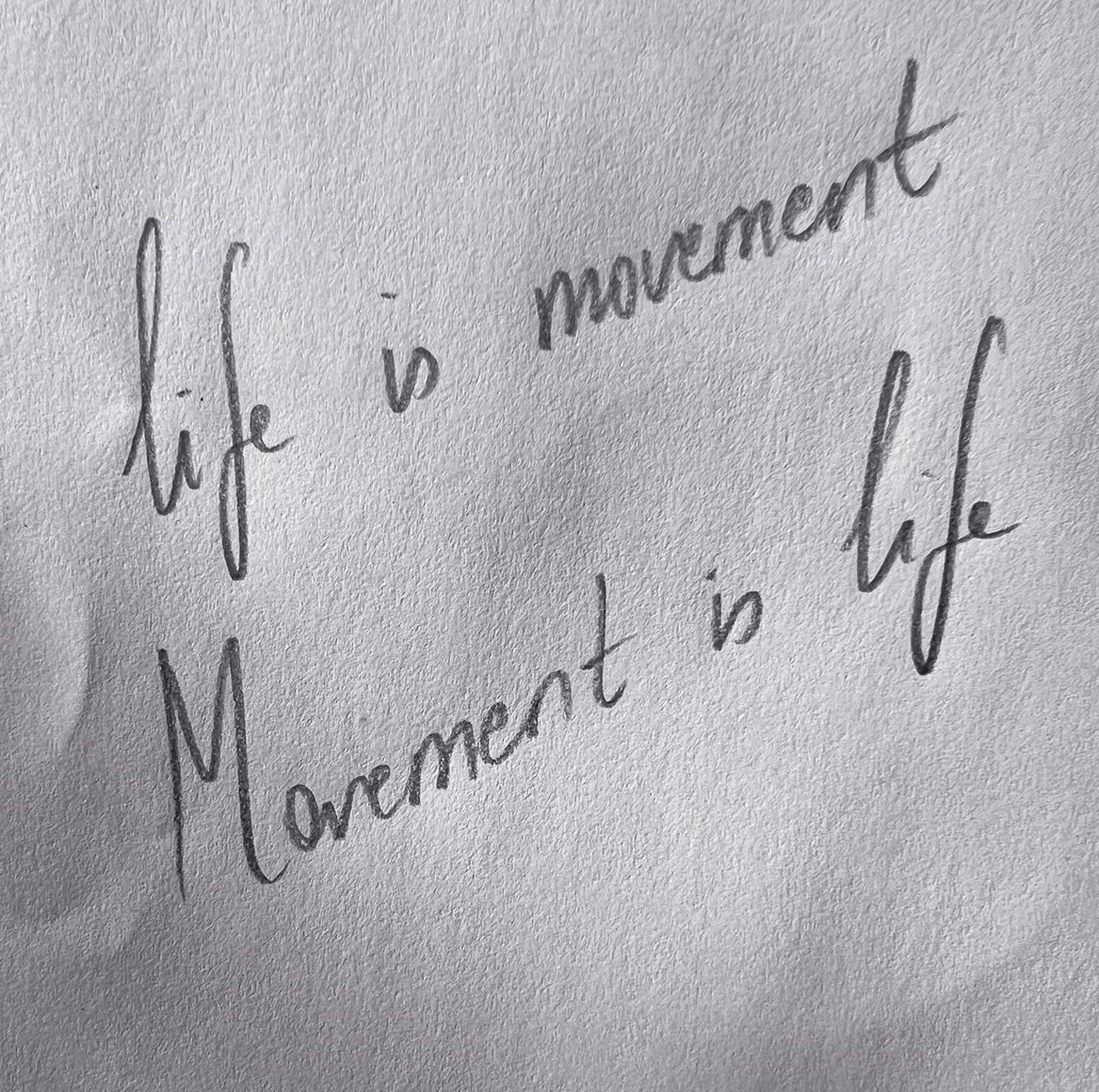
AIM by KYLE ABRAHAM
The New York City-based dance company AIM by Kyle Abraham was established in 2006 with the guiding principle of creating work inspired by Black culture and history. Drawing on Abraham’s personal experiences and his commitment to social justice, AIM’s sensual, provocative productions also take inspiration from a range of visual arts, text and music. The Radio Show (2010) merges soul and hip-hop with contemporary classical composition, while the eclectic score of Pavement (2012) incorporates music by artists that range from Bach to Sam Cooke. AIM’s works have been staged in some of the world’s most prestigious performing arts venues, including the Lincoln Center in New York, London’s Sadler’s Wells, and Maison de la Danse, Lyon’s innovative performing arts space.
“Although there is a tremendous amount of research involved in my choreographic works, I don’t generally create mood boards or movement-based diagrams. In the case of Requiem: Fire in the Air of the Earth, I centred the movement and overall visual aesthetics on mythology, ritual, folklore and Black Futurism. Octavia Butler’s Parable series, Marlon James’s Black Leopard Red Wolf and my more than 30-year love affair with the Marvel Universe are among the sources that have become catalysts for improvisations and movement-based phrase-making.
“As well as my dancers as key collaborators, I share the aforementioned sources of inspiration with my music collaborator Jlin, whose cover for his album Black Origami also served as a source of inspiration surrounding new futures and reincarnation. These themes allowed the fashion designer Giles Deacon to toggle between our sci-fi landscape and Mozart’s 18th-century requiem. Of all my collaborators, my longest standing is my lighting and scenic designer Dan Scully. Once I share rehearsal footage and a corresponding playlist of sounds with Dan, he talks me through what he sees and helps the world to unfold. Everything after that point is mostly left up to direction, intention and purpose.” – Kyle Abraham, AIM
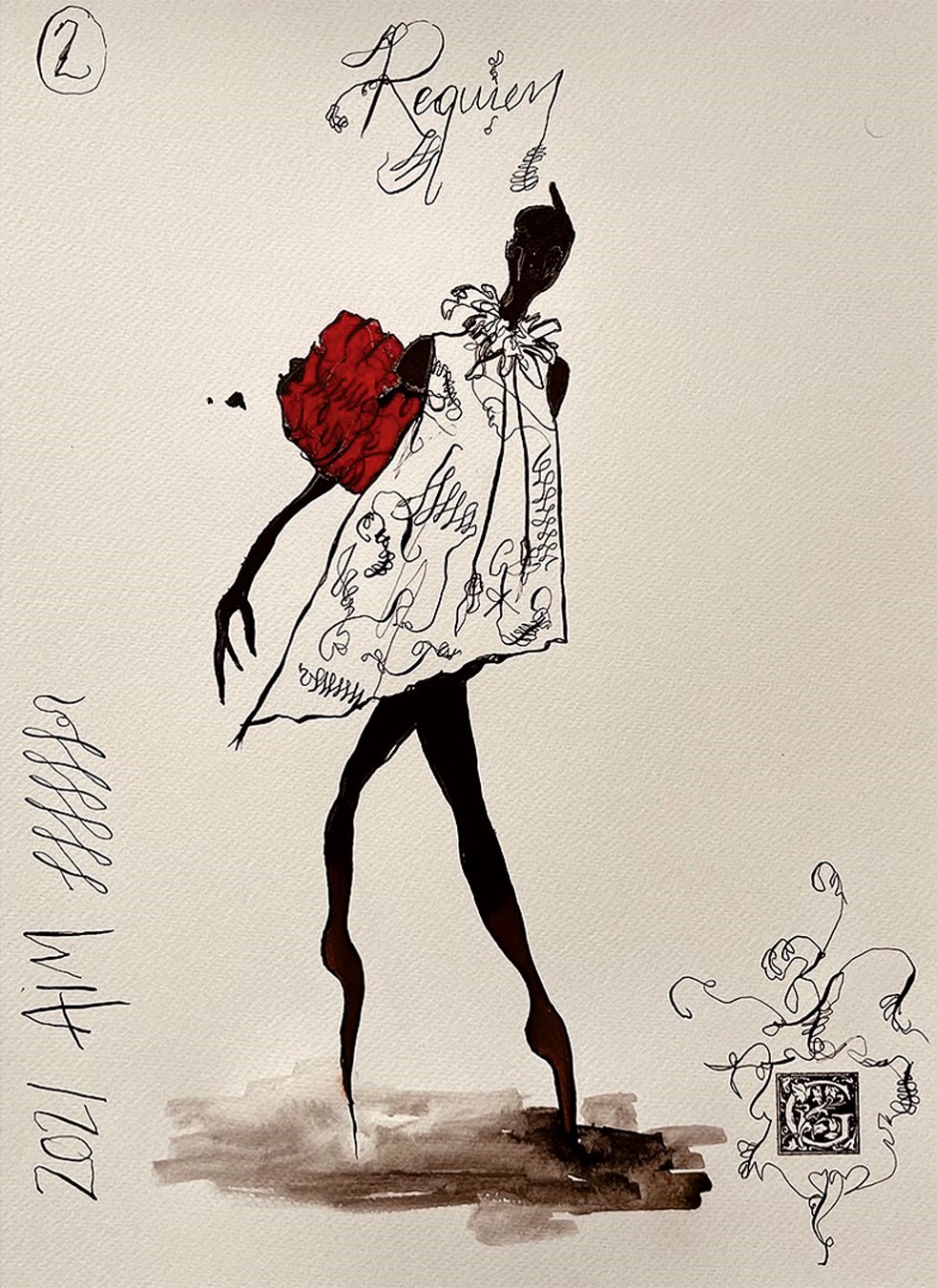

MARRUGEKU
Based in Sydney and the small town of Broome, Western Australia, the dance company Marrugeku (which means ‘clever people’ in the Aboriginal Kunwinjku language) is dedicated to working with both Indigenous and non-Indigenous storytellers and performers, drawing on cultural and community experience to tackle local and global issues. Its co-artistic directors, Dalisa Pigram and Rachael Swain, have taken their productions through remote Indigenous communities using 4x4s, barges and small planes, as well as touring festivals worldwide. Their works include Buru (2010), which delved into the experiences of Broome’s Indigenous young people through dance on stilts, video, songs and rap in Yawuru and English, and Cut the Sky (2015), an exploration of Aboriginal perceptions of the climate crisis.
“These are notes from our 2021 piece Jurrungu Ngan-ga, meaning ‘straight talk’ in Yawuru language, which refers to a kinship term relating to family members who can talk straight or directly with one another. We worked through this framework to ‘talk straight’ with the family of Australia about the fear of cultural difference. The production was composed out of three specific genres that we explored through our improvisational dance theatre processes – straight talk, horrific surrealism and ‘denial under pressure’.
“The dancers drew on their own personal and community stories to respond to the tasks we introduced to interrogate each mode of storytelling. We worked with a strict code in the sound and lighting design to lead the audience through the abrupt changes between the performance languages in order for them to feel the implications of the work for their own position as a witness.” – Rachael Swain
“The set is both interior and exterior, a cage and a stage, an impenetrable space that watches and is watched. It is a site that exposes the thin-skinned brutality of a system built on violent exclusion, and a place where humanity is embodied through resilience. Based around the structure of a monolithic wall, steel mesh frames the living movement of performers with a cold, oppressive architecture. Chandeliers populate the space, suspended low on long chains and imbuing it with an otherworldly light that can be domestic, celebratory, isolating or volatile. A single surveillance camera keeps vigil. The palette is drawn from the industrial materiality of steel and glass in modular repetition. Everything is replaceable.
“While the set design suggests the idea of kyriarchy, a social system built on interconnected measures of oppression that reaches into all aspects of life to divide and diminish, I wanted it to allow space for hope and ask the question: who is really contained by the walls we build?” – Abdul-Rahman Abdullah, set designer of Jurrungu Ngan-ga

MATTEO CARVONE
Having danced at the Staatstheater am Gärtnerplatz in Munich and the Accademia Nazionale di Danza in Rome, Matteo Carvone was already an accomplished performer when he started shifting his focus to choreography in 2017. His epic production of Faust Symphony (2018) featured a cast of 30 and premiered at the renowned Gasteig, home of the Munich Philharmonic Orchestra. In 2020, the Italian dance prodigy also directed, choreographed, produced and starred in [Faun] for the 14th edition of the Biennale Danza. Carvone’s production, in which he danced opposite Guido Badalamenti, depicted a dreamlike pursuit of the Greek god of nature, Pan – a potent half-goat halfman shrouded in myths of seduction, music and the coming of springtime.
“These images relate to a piece called The Garden, the result of a three-month residency this year in Venice at the invitation of Wayne McGregor. Seven dancers on stage, a video work by myself, music design by Giovanni Dinello and light design by Marco Policastro. Here is the freedom confined within the walls of a garden, a youthfulness to which one clings with all one’s might, faux bucolic as on the set of a photographic studio or the master painters of the 1500s. The Garden is an inner world made up of stories, emotions, thoughts …
“It is a perpetual and infinite wave motion It is a white noise It is the sound of a crumbling rock It is the search for something or perhaps someone It is a memory from afar It is the joy of being alive and dancing in the rain It is the feeling of being lost only to find oneself again It is the calm after the storm” – Matteo Carvone
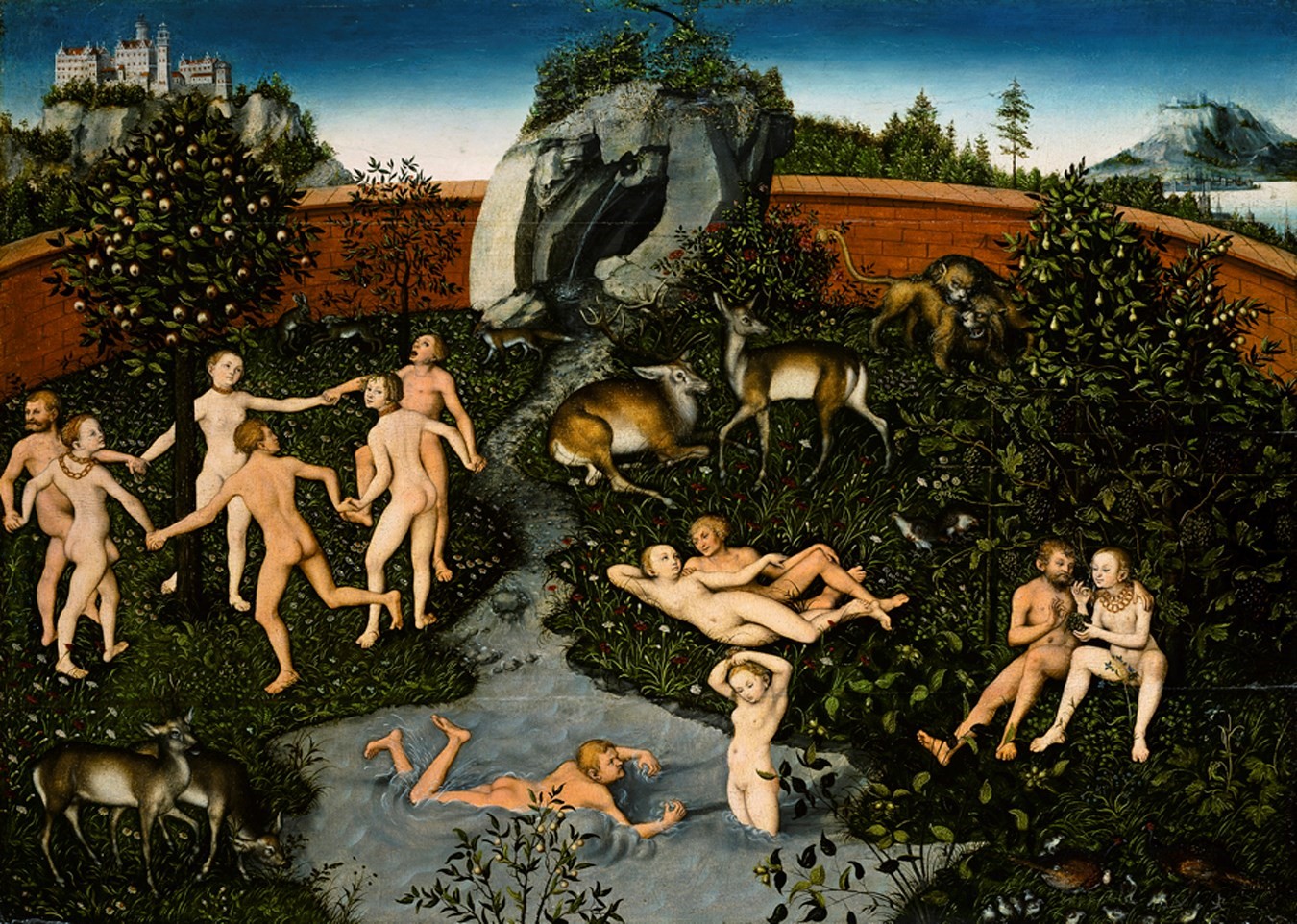
MARCO GOECKE
The Wuppertal-born choreographer Marco Goecke trained as a dancer before winning the Prix Dom Pérignon choreographic competition in Hamburg with his punksoundtracked piece Blushing, a visceral depiction of the twist of emotions experienced at the moment a person blushes. In 2006, he was awarded the Nijinsky prize in Monte Carlo for best emerging choreographer. A decade later, he premiered the frenzied biopic ballet Nijinski, devoted to the turbulent, wildly gifted dancer. Last year Goecke staged his moving and intricately executed work The Big Crying, written in response to his father’s death, with a soundscape of thundering trains and screams. Since 2013 Goecke has been associate choreographer at Nederlands Dans Theater; he is also director at State Ballet Hannover.
“The starting point for my 2022 piece I love you, ghosts was spirits – domestic spirits, good spirits, companions. At some point I realised they are characters from my works. Strange creatures, like pursuers, sleeping somewhere and reappearing. Characters who are alive but need to be brought to life. Like a doll’s house to play with. Music always draws them out. The desire to play, the desire to be reflected, the desire to transform the dancers or give them these figures by hand. My starting points are the ghosts of all the pieces that have been made so far.
“I start on a work step by step. This one was created out of trust in the dancers. It begins with a laugh and eventually gets serious, as if we’ve conjured up something or someone or a situation that we’re OK with.” – Marco Goecke
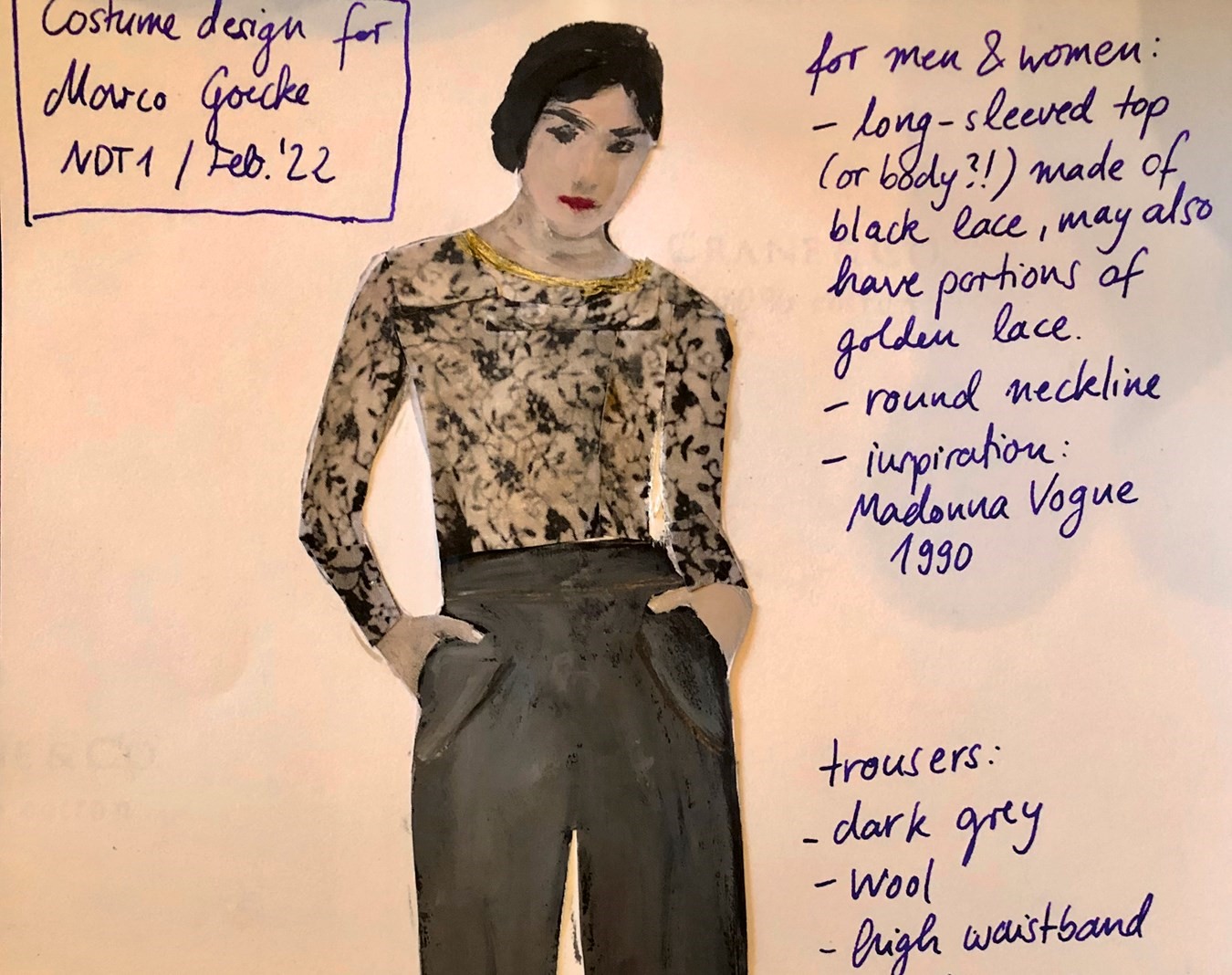
MERCE CUNNINGHAM
The pioneering dancer and choreographer Merce Cunningham founded the Merce Cunningham Dance Company at Black Mountain College, North Carolina, in 1953. From his early days touring the US in a VW camper van to his final work aged 90 (Nearly Ninety, 2009), the mercurial visionary was unwavering in his dedication to exploring the possibilities of dance, combining revolutionary ideas about shape, space and rhythm with wit and seemingly superhuman stamina.
These are selected notes from Cunningham’s piece Canfield, which premiered at the Brooklyn Academy in 1969. The title is taken from a game of solitaire – invented by a gambler in Saratoga Springs – that the choreographer played while on holiday. Cunningham’s work assigns each of the 52 cards in a deck a specific movement, using the chance process of dealing the cards to determine the sequence of movements.
At the Venice Biennale Danza this year, excerpts from Cunningham’s works spanning six decades were performed on floating stages on the canals in Castello, eventually journeying over the water to sail into the Arsenale.
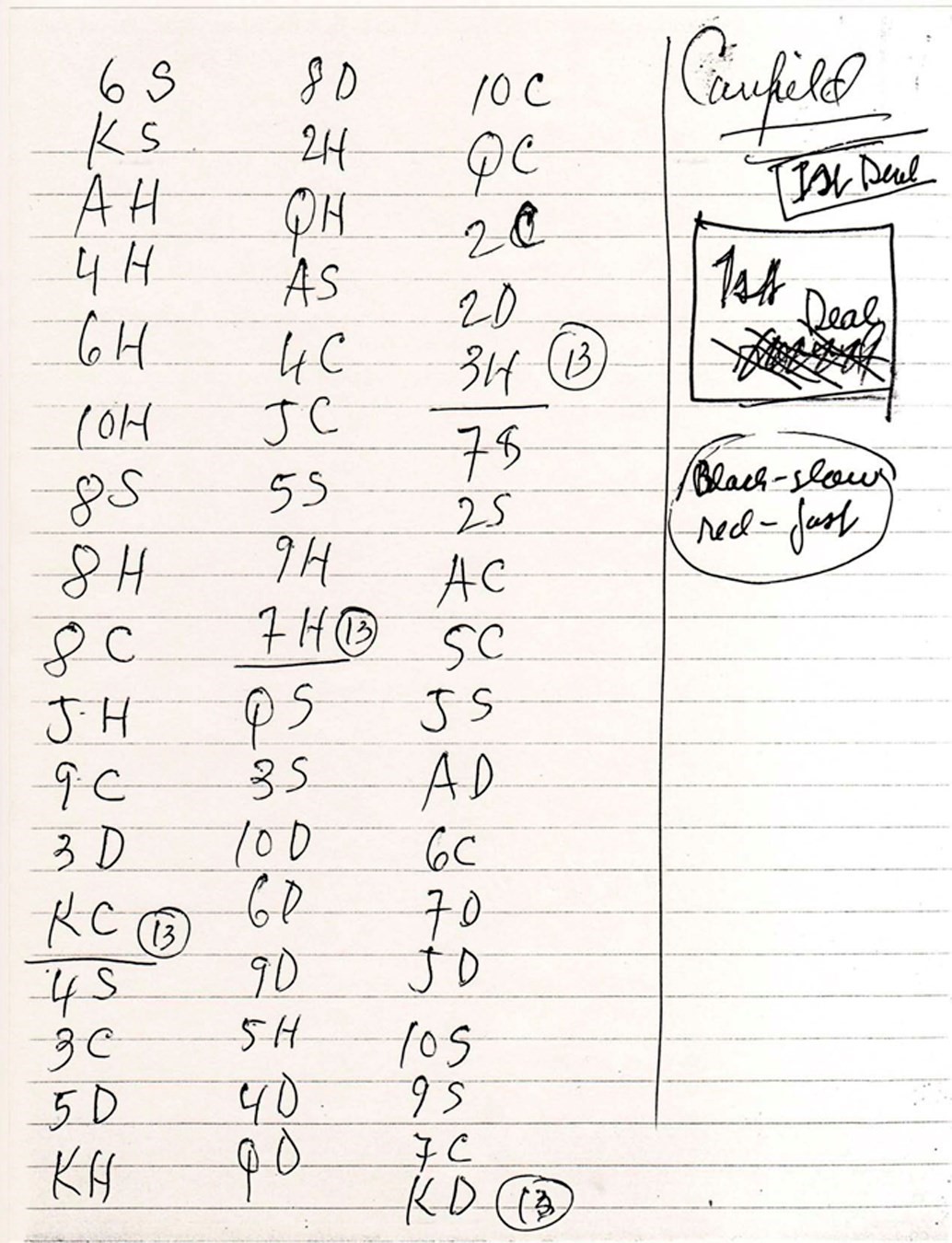

ROCÍO MOLINA
The acclaimed dance-world iconoclast Rocío Molina is revered for her innovative style, reimagining traditional flamenco with her experimental incursions and the barefoot, frenetic intensity and volatility of her movements. The Malaga-born dancer and choreographer has been distinguished with a range of national and international honours, including the 2022 Silver Lion award for dance at the Venice Biennale Danza. Her work often draws inspiration from broader cultural forms, intersecting with practitioners and concepts from the worlds of cinema, literature, philosophy and painting to explore themes as broad as motherhood, passion, suffering and joy in works such as Grito Pelao (2018) and Afectos (2012).
“These are notes from my 2022 piece Carnación. This performance is an open itinerary, a search around desire which starts from the intuition that its origin can only be found in illo tempore. An enquiry about the body and its capacity to build images of a past that we fail to understand takes place. Thus we witness the construction of a particular mythology where desire embodies the psychic flux that goes through the different stages between the human and the sacred, the spiritual and the animal, the ‘materialistic poison’ which constrains us and the sacrifice in the form of descent and ascent, of the axis mundi through which it enacts its liberation.” – Rocío Molina
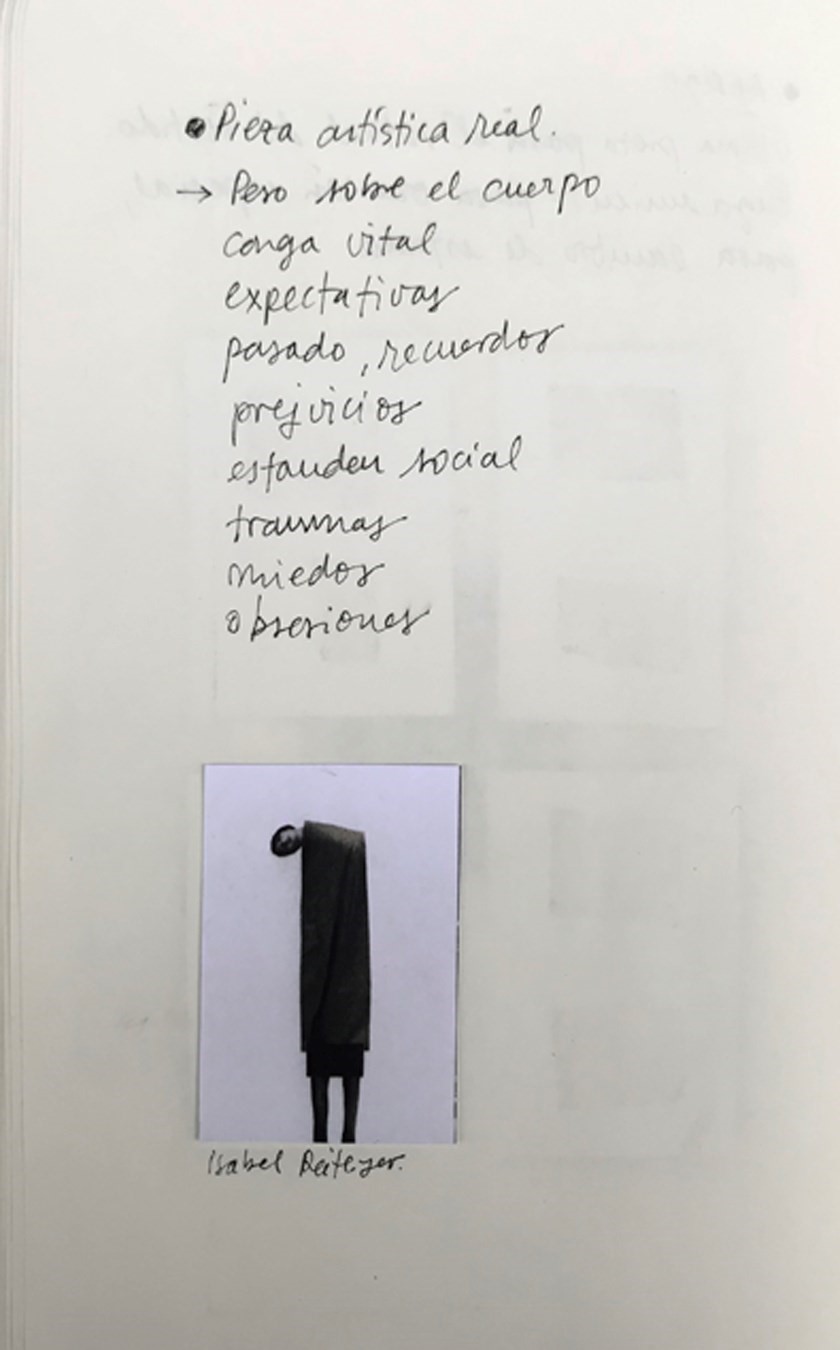
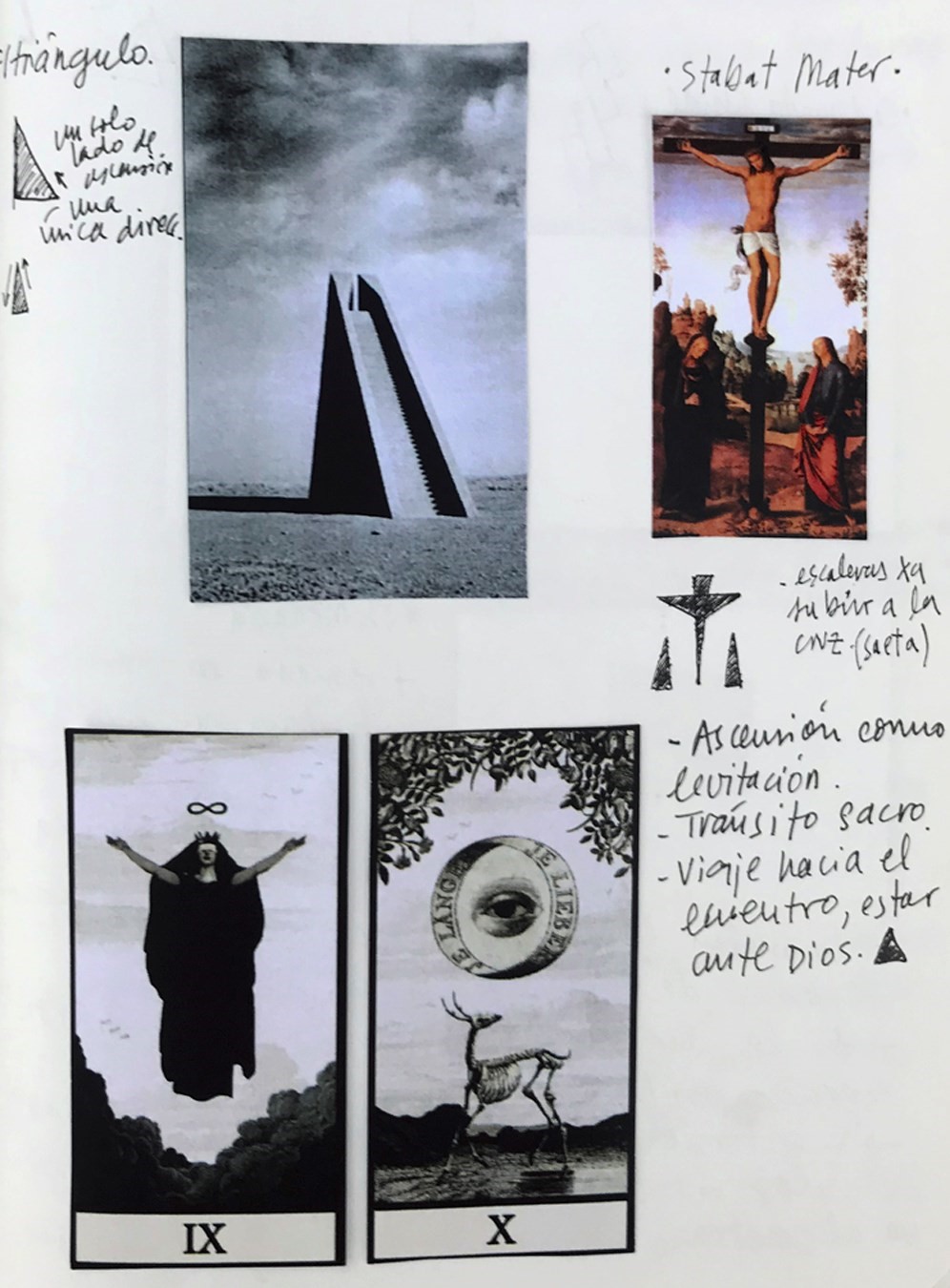
TOBIAS GREMMLER
The pioneering digital artist Tobias Gremmler’s investigations into movement and form are inspired by the intricate unseen forces operating all around us – the sonic energy of an orchestra, wind transforming clouds, the kinetic motion propelling the human body. Working with digital media, motion graphics, interface design and music to render the invisible visible, Gremmler creates visual compositions and immersive experiences that defy physical limitations. For the London Symphony Orchestra’s 2017/2018 season, Gremmler represented the movements of its conductor, Simon Rattle, as a series of dynamic, hypnotic waves, textures and patterns. His exquisite video for Björk’s 2017 single Tabula Rasa transfigured the Icelandic singer – and her ethereal voice – into a ceaselessly dissolving and unfolding series of otherworldly organic forms.
“The virtual space is a medium with few restrictions, where I can explore intersections between different artistic disciplines. I started my career composing music for theatre. It was mind-expanding to see how dance, music, costumes, scenic design and lighting merged together and became greater than the sum of their parts. Many of the areas I discovered in theatre became integrated elements of my digital work. When I hear music, I imagine motion. When I see dance, I imagine costumes. In digital space, boundaries can dissolve to the degree that a costume becomes a persona itself, like a living creature that develops a synergy with its host. The dress adapts to the dance and vice versa. Such virtual embodiments express the psychology of identification between a real person and its virtual embodiment – like the relationship between a garment and its wearer, or how music can be envisioned as an endless dress that surrounds a body.
“I’m of mixed ethnicity – half-German, half-Persian. I was raised in Germany by my mother, but was never able to define my identity by nationality and currently live in East Asia. In Asia I got involved in collaborations related to traditional culture, such as kung fu, Chinese opera and calligraphy, exploring a new world that balanced my western influences with the east. The decentralised approach of eastern philosophy shifts attention towards spaces in between. They carry connections and forces that are essential for the being – visualising these invisible fields is important in my work.
“I have an appreciation for nature and often integrate biological shapes, textures and motion captures to natural algorithms and forces. Sometimes there is a direct interaction between both worlds – for example, if a dancer controls a virtual avatar. The dancer develops a synergy with their digital counterpart, like wearing a garment that influences the way one feels and moves. But a virtual garment is not restricted by real-world physics. It can behave like it’s floating underwater or drifting in zero gravity. If such a work is shown in real space, it dissolves the border between the two.” – Tobias Gremmler
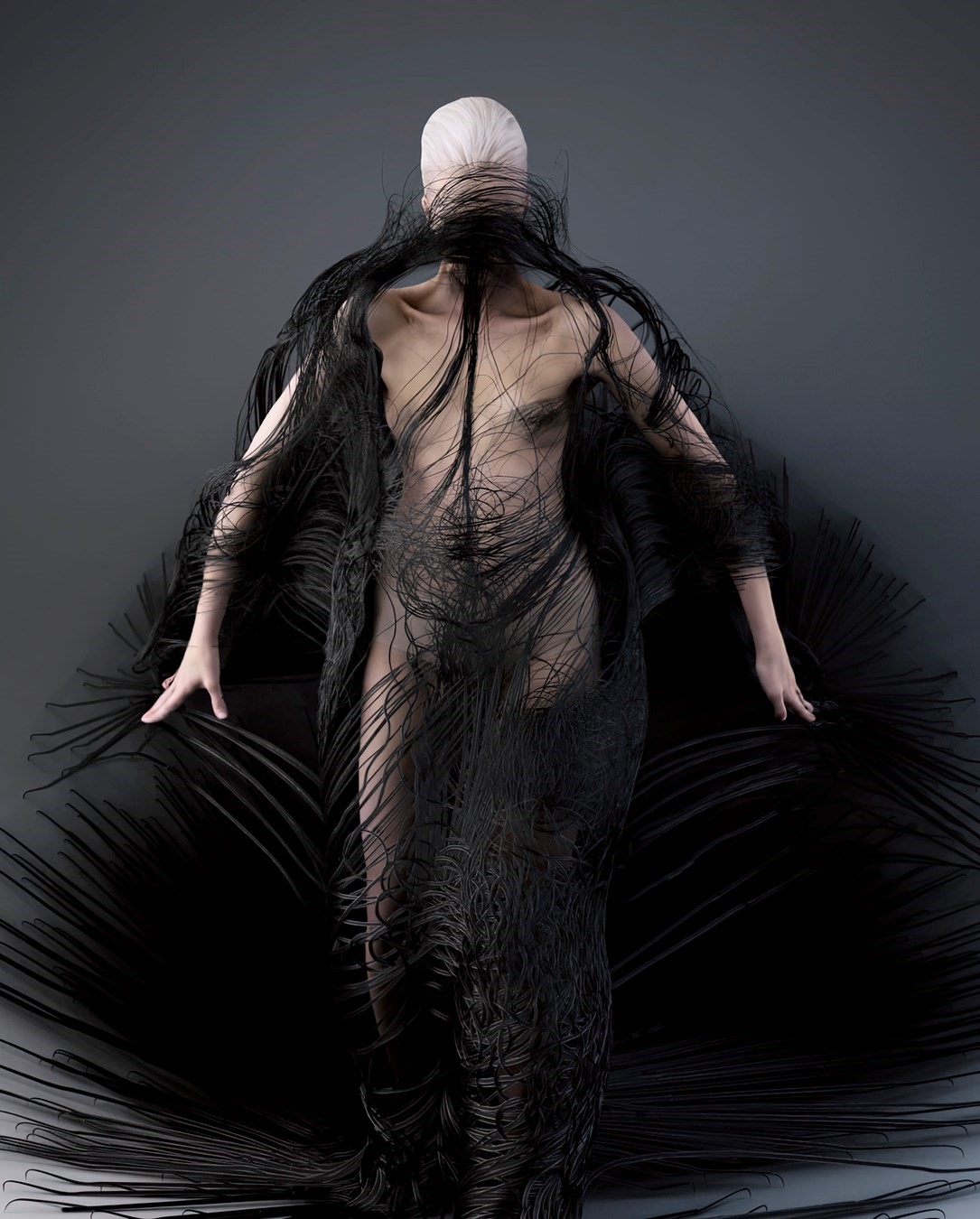
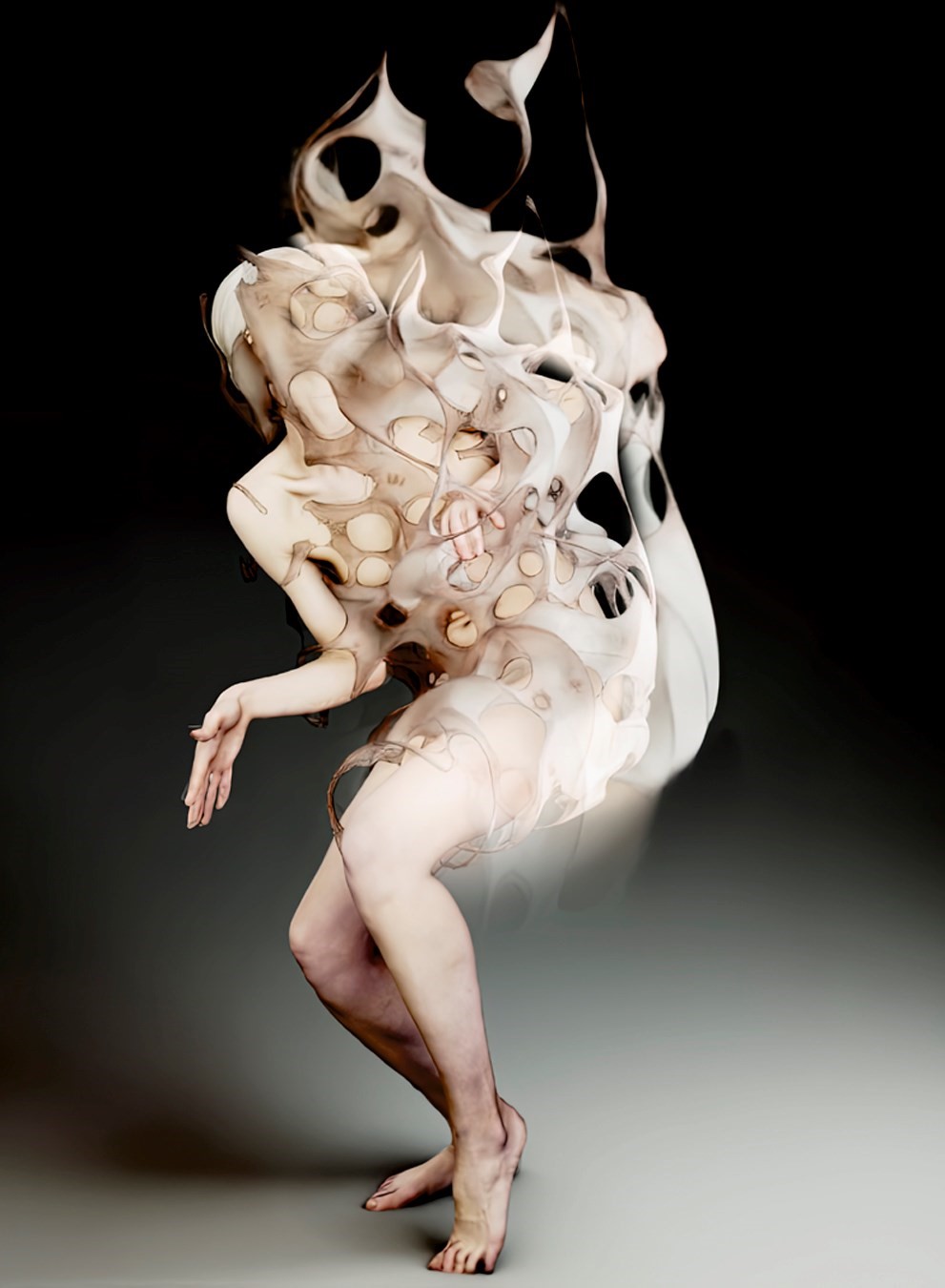
TRAJAL HARRELL
Born in Douglas, Georgia, the choreographer Trajal Harrell was first feted for his innovative performance series Twenty Looks or Paris Is Burning at The Judson Church, which imagined a fusion between Harlem’s vogueing ballroom scene of the 1960s and the early postmodern dance tradition that flourished in downtown New York in the same era, exploring perspectives on identity and authenticity. His work has been staged around the world in both dance and art settings, and continues to mash up dance languages that range in inspiration from Ancient Greek theatre and 19th-century hootchy-kootchy carnival entertainment to 1970s Yves Saint Laurent runway shows. This year he received acclaim for Porca Miseria, a trilogy exploring the stories of three women: Maggie from Tennessee Williams’s Cat on a Hot Tin Roof, the choreographer and activist Katherine Dunham and Medea.
“These are pages from my notebook for the production of Juliet and Romeo [2017, Munich Kammerspiele], and the bookshelf in my childhood room at my mother’s home in Georgia – still to date my go-to reference library.” – Trajal Harrell
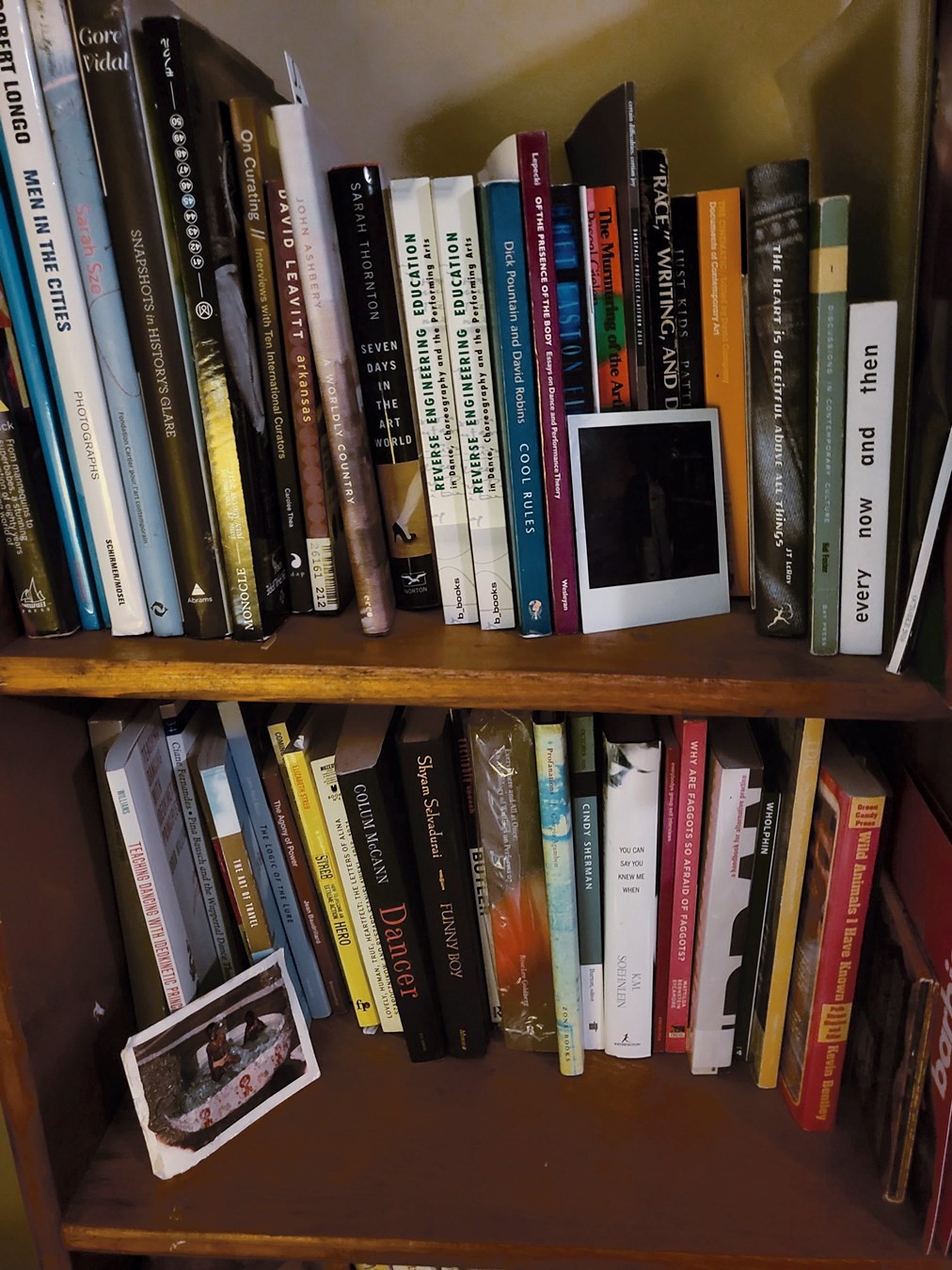
SASHA WALTZ
The German dancer and choreographer Sasha Waltz trained at the School for New Dance Development in Amsterdam before exploring the postmodern New York dance scene as a dancer for Yoshiko Chuma and The School of Hard Knocks, among others. In 1993, together with Jochen Sandig, she founded the dance company Sasha Waltz & Guests in Berlin. The group has collaborated with more than 300 artists from over 30 countries and ensembles from the fields of architecture, visual arts, choreography, film, design, literature, fashion and music, on more than 80 projects and productions. These include Allee der Kosmonauten (1996), inspired by life in a Berlin high-rise estate, Körper (2000), a startling meditation on bodies and mortality, and the choreographic opera Dido & Aeneas (2005), which enclosed its dancers in a gigantic fish tank.
Notes and imagery from 2022’s SYM-PHONIE MMXX, a work for dance, light and orchestra by Sasha Waltz and Georg Friedrich Haas (music). A co-production between the Staatsballett Berlin and Sasha Waltz & Guests, its world premiere took place in March 2022 at the Staatsoper Unter den Linden, Berlin.
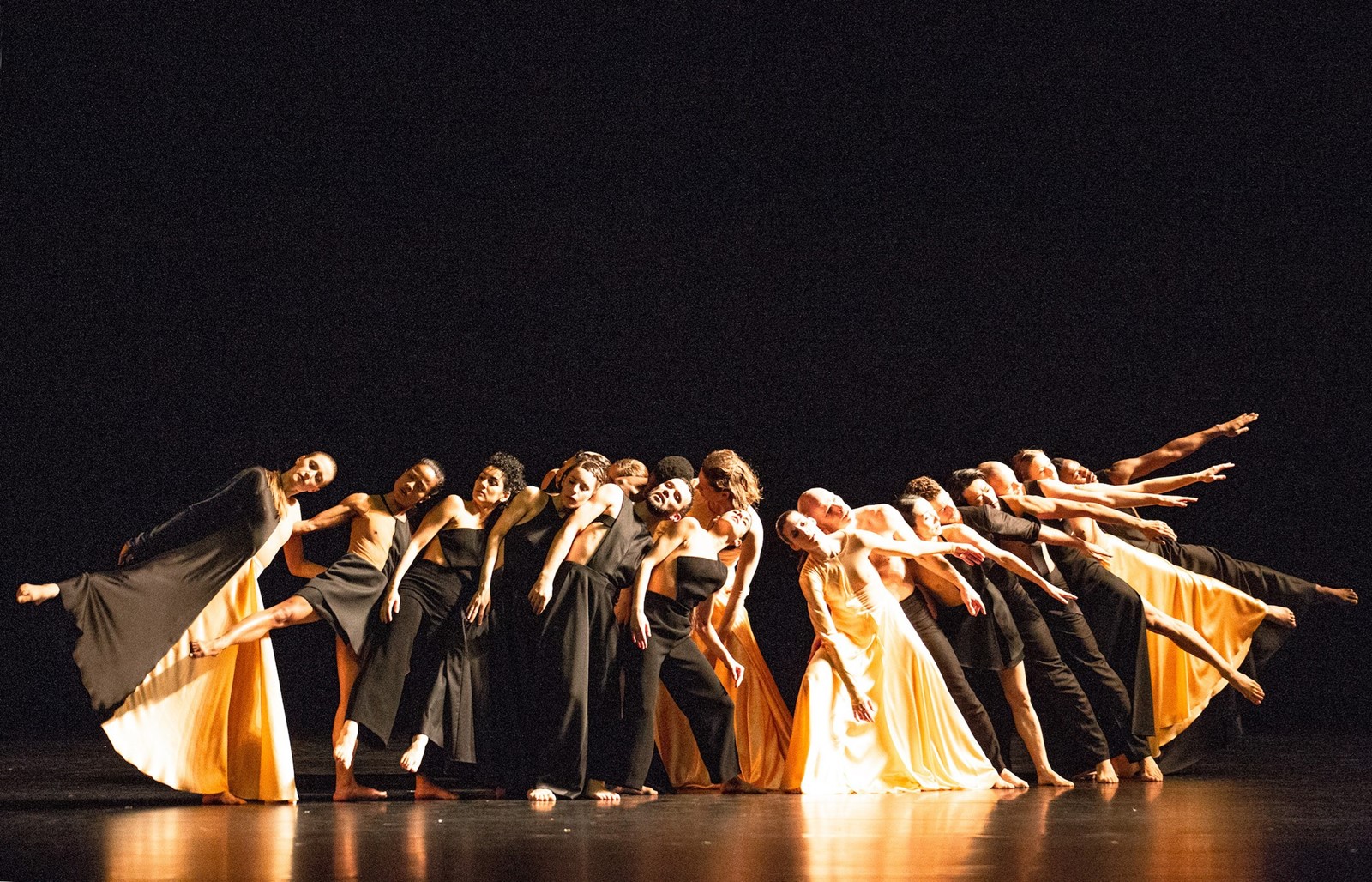
SHARON EYAL
The Israeli dancer and choreographer Sharon Eyal danced with the Batsheva Dance Company between 1990 and 2008, also serving as associate artistic director and a house choreographer during that time. In 2013, Eyal launched L-E-V with her long-time collaborator Gai Behar. Eyal’s darkly beautiful works have been performed across the world and often pulse to an electronic score, including a trilogy on love that began with OCD Love (2015), its out-of-sync lovers vibrating to techno beats. Love Chapter 2 (2017) won the Fedora – Van Cleef & Arpels Prize for Ballet and was followed by 2019’s Chapter 3: The Brutal Journey of the Heart, with dancers clad in sheer bodysuits by Dior creative director Maria Grazia Chiuri. This summer, L-E-V staged the glitchy, emotionally resonant Dark in the House in the former multistorey car park Bold Tendencies in Peckham, London.
“When I create I dream. I dream with full awareness. “The first phase comes from my stomach, body – I dance and they film me. It is always fast, full of details and information. The second phase is the learning process of the dancers from the video. They learn it very technically and in the most precise way. The third phase is adapting the material for each dancer. I’m clearing and purifying and reaching to the heart. The fourth phase is composition – coming together with the music, inspiration from the costumes, light, life. “Physicality is a total feeling. It is the soul, the space and the timing. In the end, it’s all about timing. The time and the moments of happiness in these dreams are layers of love. “The sewing process excites me. These ‘in between’ moments are small jewelleries. “I love to see that the people are not perfect in the piece. It makes them perfect for me. Fragility, sensitivity, almost like old babies. “I work with people that I love and feel connected to on different levels. I love dance.” – Sharon Eyal
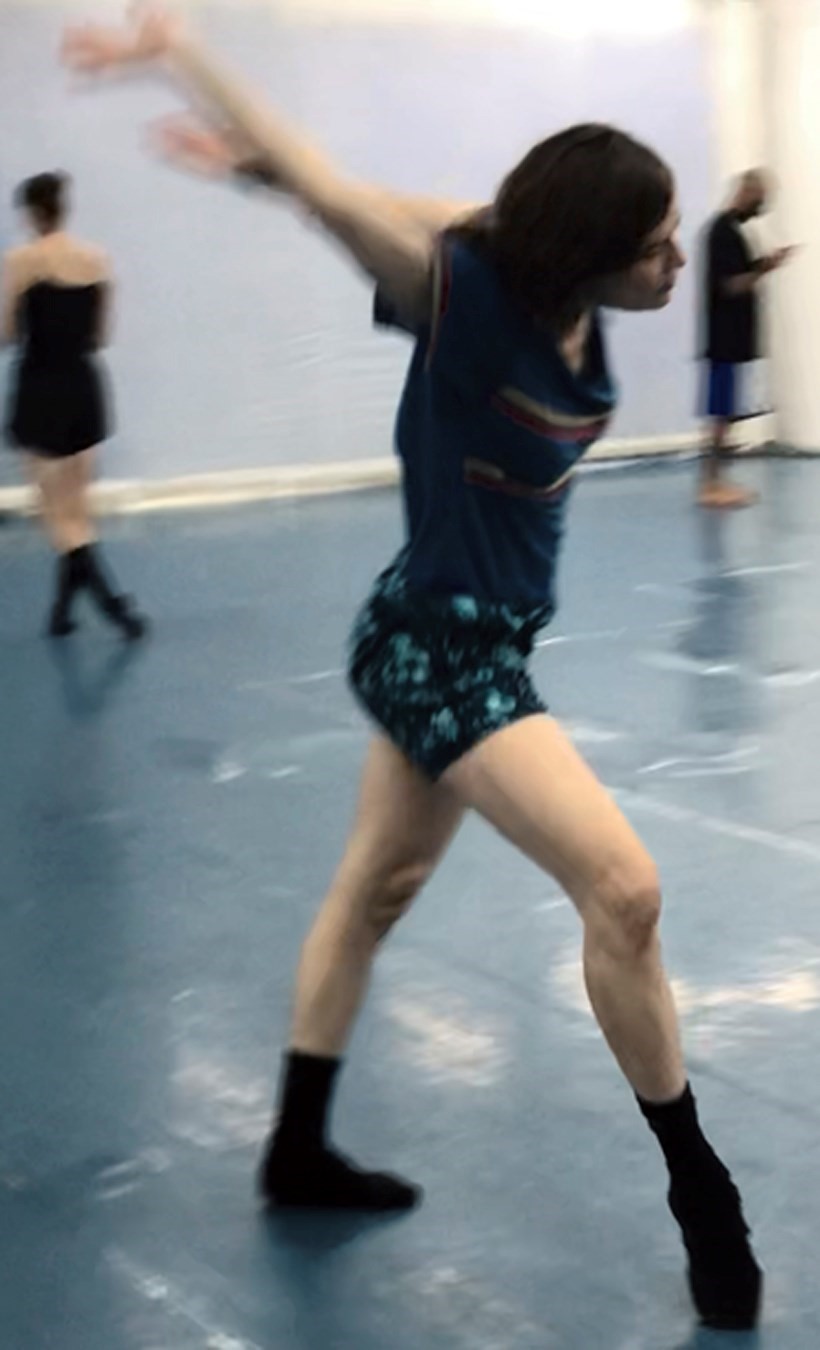
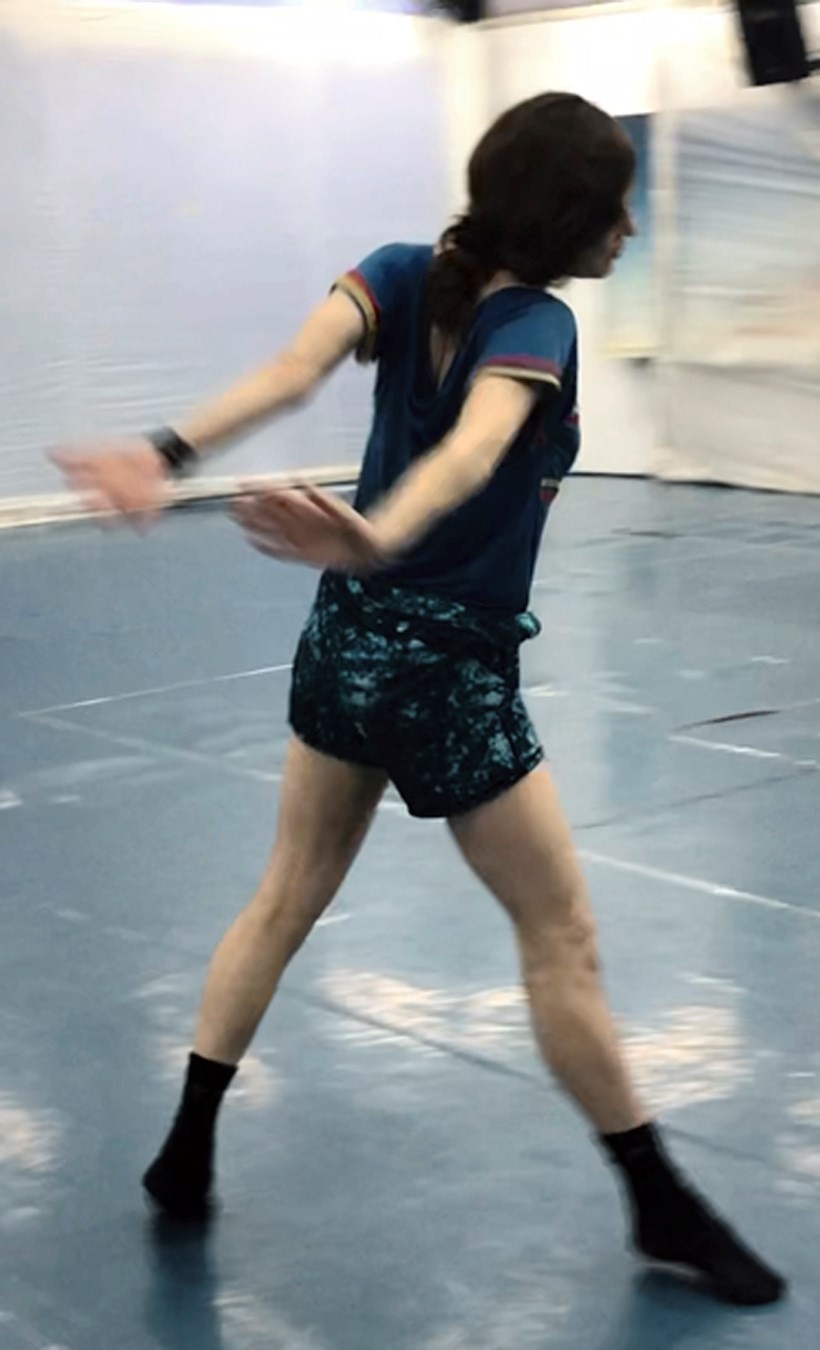
HOFESH SHECHTER
The Israeli choreographer, dancer and composer Hofesh Shechter trained with the Batsheva Dance Company and later studied music in Paris while playing drums in a rock band. He moved to London to perform with the Jasmin Vardimon Company in 2002. His award-winning 2004 piece, Cult – featuring Shechter in a gorilla outfit – was a dark look at the shadowy forces in society that shape us, with a doomy, dense soundtrack also composed by Shechter. In 2008, he formed Hofesh Shechter Company, currently resident at the Brighton Dome. His acclaimed 2010 piece, Political Mother, a large-scale work exploring totalitarianism, was staged at London’s Brixton Academy in 2015. Shechter has also worked as a choreographer in theatre, television and opera.
“Revealing the process. Doesn’t the work, on stage, reveal the process? Like the face of a person, that final product tells a story about where the person has been, what they went through … the eyes very rarely lie. They can hide, but not lie – and even hiding tells a part of the story, of the process.
“But if I wanted to be a bit less obscure, a little more co-operative, revealing the process of creation feels as complicated as telling someone about your dream.
“When I come to think about ‘the process’, there is a haze, a feel, a sense of things. It’s chaotic, flowing, complicated, non-linear. It all starts with a spark, with the pushing drive – call it passion, call it despair, call it ‘I didn’t have a choice’ or ‘I didn’t have anything better to do’. There is a hunger that wants to be satisfied, and that’s the fuel, that’s my fuel. The spark is always a little different – sometimes it’s a spark of anger that wants to be heard, sometimes it wants to rest, together with a crowd, sometimes it wants to reveal a truth, mine or one that I want to see. And the spark, the drive, wants to share – the most powerful evolution of the emotions through creation is that they will be shared communally. It is the purpose that we grow together, experience together, learn quietly through experiences.
“The spark can be very clear and easy to speak about once the work is done, once it was shared with audiences and lived its life. But when it comes to life, twinkling between being and not existing yet, it’s not that clear. It is like the job of an archaeologist to gently reveal the element, un-dust and reveal the spark, without harming or amending it, to discover what this vague feeling wants to be, where it wants to go.
“Notebooks help. Notebooks are the mental and emotional rubbish bin where everything goes. It is like puking – the more the better. The less thinking takes place in these early stages the better it is. Everything needs to come from the inside out, out to the paper, to existence, even if messy, unclear, incoherent, confused and paradoxical. Every image that springs to mind, every idea, sentence, word, every sense of things – all poured onto these miserable papers of the notebook. In this early stage I never look to make sense of things, only to let them be, to reveal more and more, to un-dust what comes up and discover the spark.
“The spark – what I care about. What moves me. What excites me. What challenges and scares me, gives me a kick, gives me a shot of adrenaline. Yes, I am extremely aware and accepting that I make the work to exist in a public space, to be shared – it is its power that it is shared, but when I work on it, I am the only reliable audience member I can access, and finding what moves me is the only thing I can trust.
“There are sketches of music too. I work on the music at night. I make sounds, many, endless, again emptying the sources, letting it all be, evolve, flourish, not holding back. No sound is too stupid to exist, or too complex to follow through. I barely ever fall in love with the sounds instantly – when you see something born, it’s hard to appreciate its qualities, as you see and feel the pain and complexity. But after a few days, listening again to sounds, I can fall in love. Falling in love with sound is feeling that it gives space to imagery, that it inspires ideas, feelings, a space and an atmosphere. Sometimes I find the heart of a work in a ten-second sound – it’s like it’s holding the essence, the distilled essence of some feeling I want to hold.
“Movement. In that soup of emotions, ideas, sketches and sounds, movement begins to emerge. It is so satisfying to create in this messy mashup of things. Like someone shook your head for a long time and then you dance, out of nothing, together with everything. The ocean of ideas, sensations and feelings and energies feel endless – from the chaos comes a spring of elements, small ideas, small movements, big ones, surprising ones. The surprise is the fun, the playfulness is God in the studio. Playing means anything can happen, everything is welcome. It means there is joy, even if sometimes buried, there is fun, there is discovery and flow.
“The studio is another place where elements are revealed, ideas are flowing and gushing. The dancers are another massive source of creativity. Once we are in the studio, they are the work. I slowly fold towards the corner as the days pass, and they, the dancers, become the work. They hold it, they feel it, they bring it to life and I want them to own it, to play with it. Their creativity becomes a joyful extension of mine.
“There are moments of euphoria. A strong, powerful emotion arises, the imagery and sounds, the movement and feelings and ideas that come to the surface start to feel like something bigger. There is a shimmer of power coming to life. But other days … it’s going nowhere. It feels like a mess.
“When that happens, back to the spark. Back to the source. And start again. Every day, start again, believe that something will happen. The main thing I work on, always, since I started creating choreography and music, is believing. Don’t lose hope. Believe. It seems belief is at the centre of allowing something to happen. Belief, not confidence. Belief, not relinquishing responsibility. Like a tennis player – believing they can hit the ball, freely, playfully, with joy and power and accuracy – and then they do.
“Belief is at the centre of bringing something from vagueness into reality and life. Belief is a sense of purpose you don’t need to explain. Belief exists in movement, in sound, in the sense of the body, in it just being. It is simple, accessible to all, quiet and powerful. Finding this simple presence. Simple, simple, simple.
“How from all this complexity does simplicty emerge? How from all this chaos of emotions and sensations and thoughts and questions comes clarity? It just does. Like the ecstasy of life, aggravating the chaos brings clarity and calm.” – Hofesh Shechter
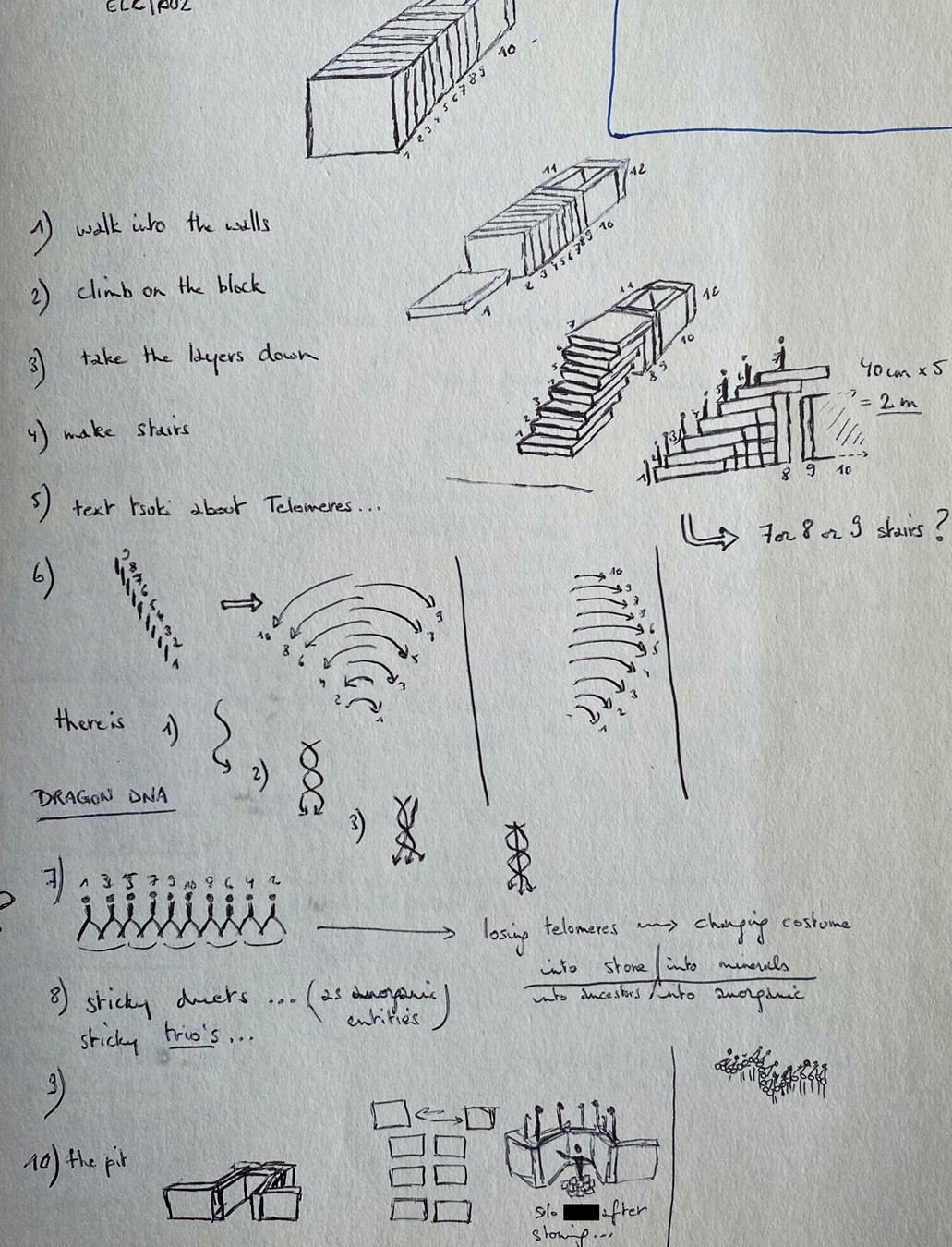
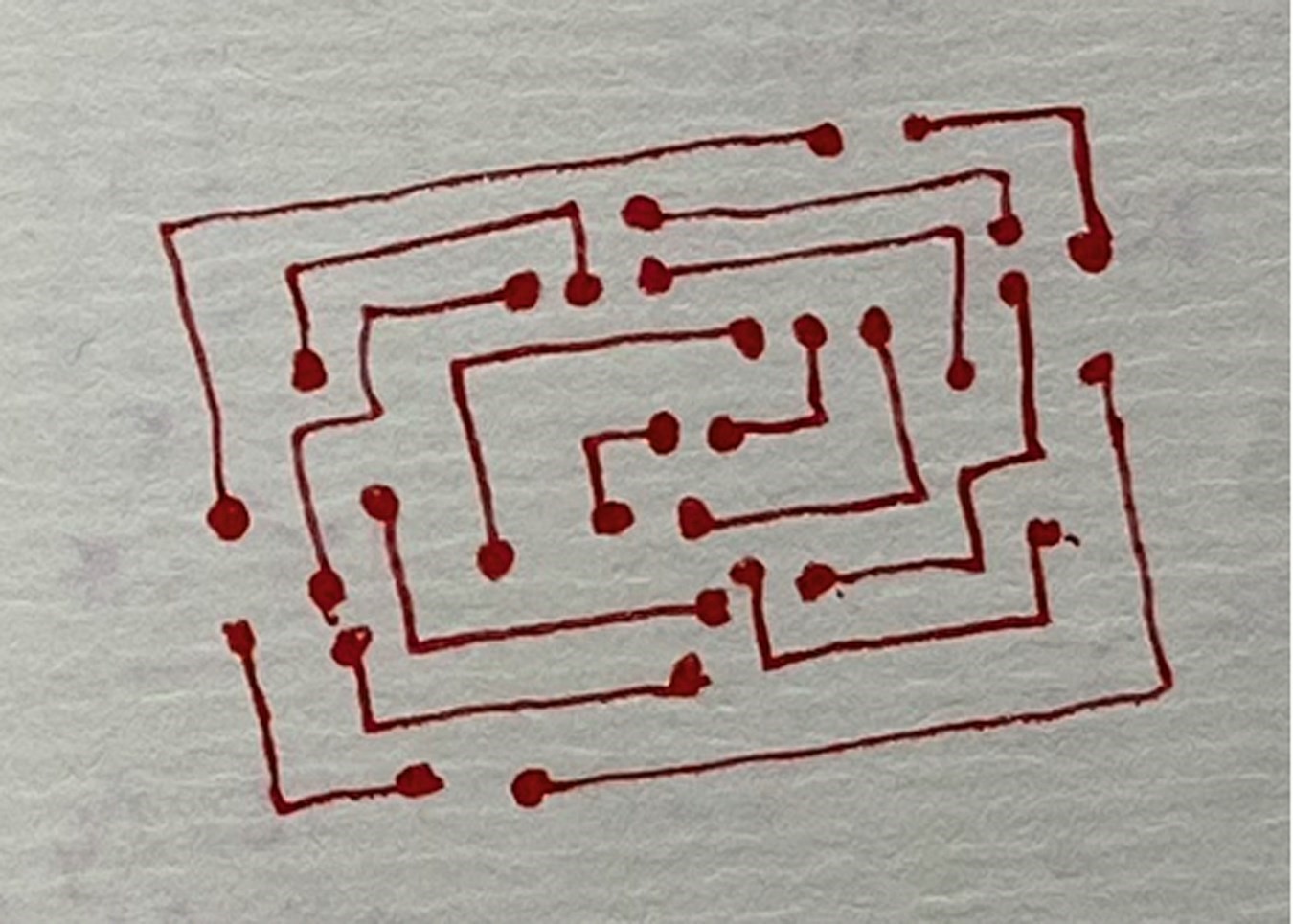
SIDI LARBI CHERKAOUI
The Belgian-Moroccan dancer and choreographer Sidi Larbi Cherkaoui won a national dance competition in Belgium aged 19, for a performance that mixed vogueing, hip-hop and African dance. He has won a slew of awards since, in a practice that has ranged from choreographing a sumptuous video inside the Louvre for Beyoncé and Jay-Z (for their 2018 track, Apeshit) and a production of Boléro for the Paris Opera Ballet with Marina Abramović (2013) to choreographing 18 warrior monks of the Shaolin temple for Sutra (2008). He has worked with several established companies, including Royal Ballet of Flanders and Sadler’s Wells, and formed his own, Eastman, in 2010. This year he became the artistic director of the Grand Théâtre de Genève in Switzerland.
